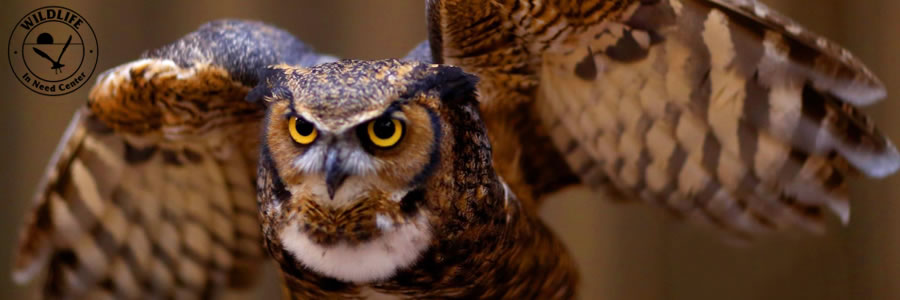Baby Waterfowl, Shorebird, or Gamebird
Baby Waterfowl, Shorebird, or Gamebird
Waterfowl, shorebirds, and gamebirds like duck, geese, rails, pheasants, and quail are precocial birds. This means that they hatch with a covering of downy feathers and their eyes open. Almost as soon as they hatch they are ready to swim or walk. Many of them are also able to feed themselves shortly after hatching.
Baby waterfowl, shorebirds, and gamebirds are able to find food on their own often minutes or hours after they hatch. However, they are unable to regulate their own body temperature and without the protection of their parents they are often an easy target for predators both wild and domestic.
It is very important to make some observation before assuming that this type of baby is an orphan. Often babies will get temporally separated from their group or be left behind by a parent. Stop, look, and listen for any signs that the parents or other siblings are still in the area. If you find a potential match move the separated baby to where the potential parent can hear it. From a distance, observe the baby for at least one hour to be sure the potential parent accepts the baby. If acceptance is clear, you have successfully reunited a baby with its family! Remember, the best place for a baby is with its wild parents.
If the parents do not accept the baby after at least one hour or if the parent is known to be dead please contact the Wildlife In Need Center at (262) 965-3090 or your local licensed wildlife rehabilitator.
Transporting a Baby Bird
Capture:Find a towel, blanket, or light weight material that will completely cover the baby bird. Also, find a well ventilated box or plastic pet carrier. Line it with an absorbent material like newspaper, paper towel, or a sheet. Please do not use towels or material with holes as the baby bird can get caught in it and further injure itself.
Approach the baby bird from behind and completely cover it with the material. Remember if the baby bird is alert it will struggle.
Gently restrain the baby bird under the material and hold its wings against its body.
Place the baby bird in your well ventilated cardboard box or plastic pet carrier.
Care:
Please DO NOT FEED or OFFER WATER to the baby bird even if it opens its beak and begs for food as it can aspirate or choke on what is offered. Baby birds require very specific food that needs to be fed using the correct technique. If the bird is too cold, stressed, or injured feeding it can jeopardize its survival or even cause death.
Handle the baby bird as little as possible. Refrain from petting or holding the baby bird as it is extremely stressful and can contribute to the baby bird going into shock. Keep the baby bird in a dark, quiet, calm, and warm place to reduce stress until the baby bird can be brought to a licensed rehabilitation facility.
Transportation:
Place the covered and secured box on the floor or seat of your car. Keep the car quiet (no radio and quiet voices) and warm to reduce stress.
Do NOT let a child or other individual hold the baby bird in transport. It is a safety risk for the person, as well as extremely stressful for the baby bird. Please think first about the well being of the baby bird in your care.
Remember your safety is the most important factor. Do not unnecessarily put yourself or others at risk for injury while attempting to rescue or capture an animal. When in doubt call the Wildlife In Need Center (262) 965-3090.
